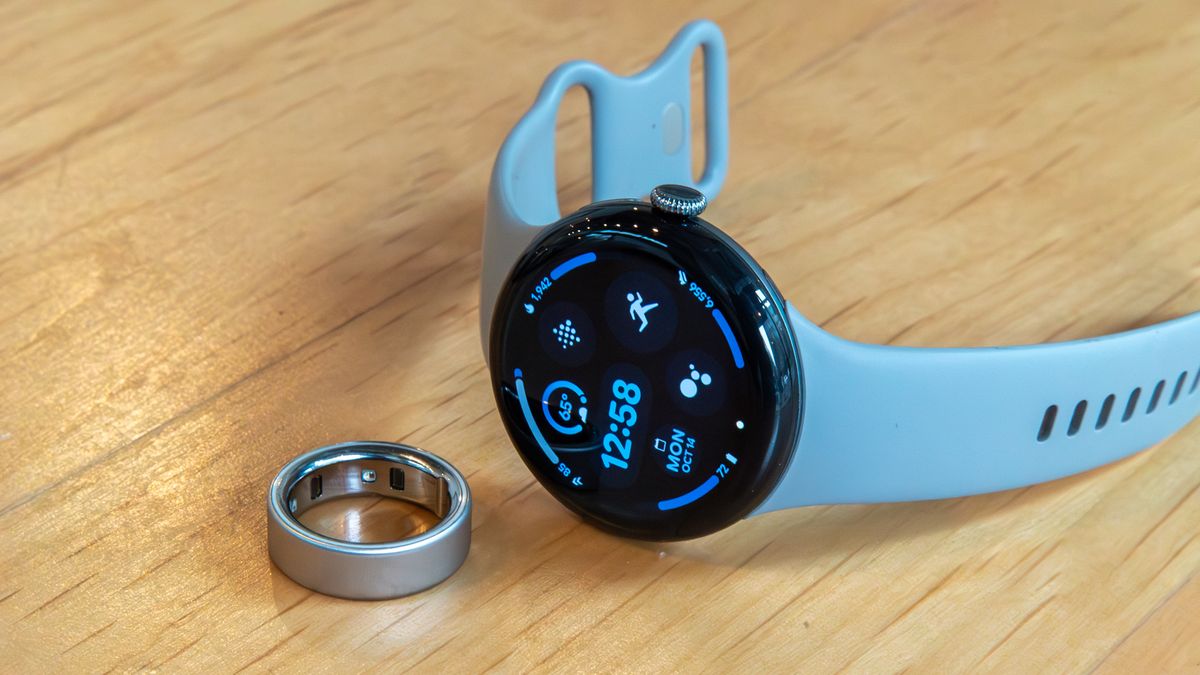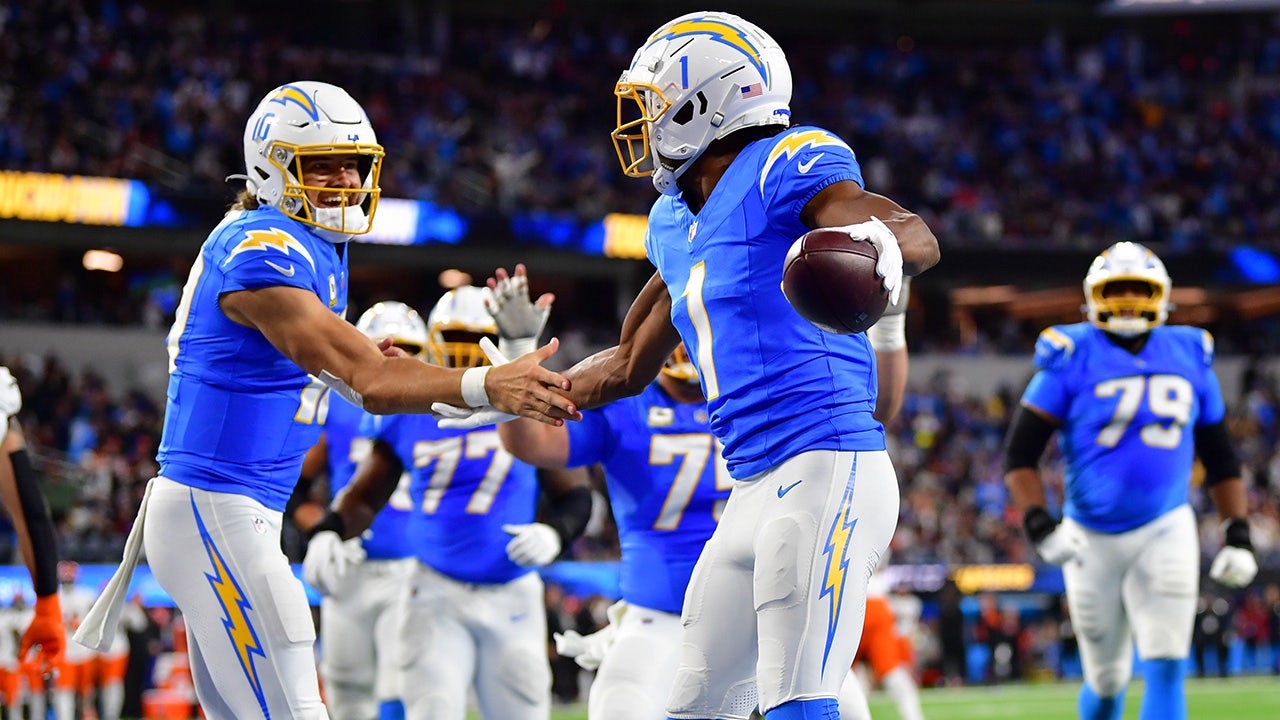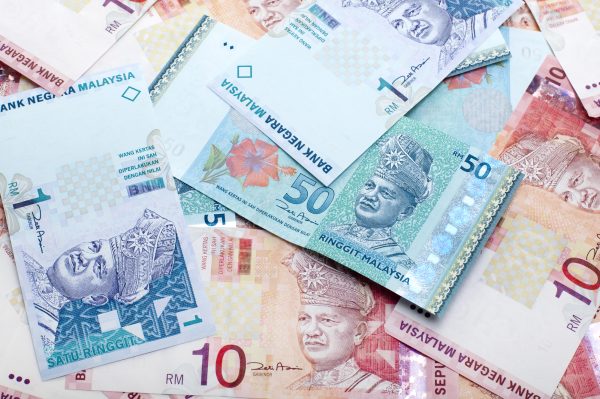For active traders who like to time buying and selling around seasonal events, the next few weeks are Market Timing Heaven. Friday is a Triple Witching day, the quarterly expiration of individual stock options, index options on the S & P 500, and index futures on the S & P 500. The week after the September Triple Witching is notoriously volatile — likely more so this time due to the Federal Open Market Committee meeting on Wednesday. The volatility is encapsulated in one of the more enduring seasonal trades: Sell Rosh Hashanah (which begins at sundown Friday this year), buy Yom Kippur (Sept. 25). Traders sell positions due to seasonal weakness at the start of Rosh Hoshanah, then return to the market after Yom Kippur. This traditional seasonal trade “is aligning quite well this year with late September seasonal weakness and the notoriously treacherous week after quarterly options expiration,” Jeff Hirsch of the Stock Trader’s Almanac said in a recent post. There is some modest statistical validity to this. Since 2000, the period between the two events has seen the Dow drop in 16 of those 25 years, for an average decline of 0.5%, according to Hirsch. The period from Yom Kippur to Passover, which starts on April 22, 2024, is traditionally an up period, good for an average gain of 6.9%. Market timers also like to note we are entering the last few weeks of the seasonally weakest period of the year (August-October), and that the fourth quarter of a pre-election year is traditionally strong. What’s it all mean? It means market timers expecting seasonal weakness for the next few weeks are also expecting seasonal strength in the fourth quarter. “There is a top due imminently, and then a sharp dip in late September,” Tom McClellan from the McClellan Market Report said. “Then we get a retest bottom in early October, and then we are back into the bullish period for seasonality.” Hirsch concurs, noting that any weakness “should make a great entry for the Q4 pre-election year rally.” Considering the traditional headwinds in mid-September through October, traders do not seem worried. The CBOE Volatility Index (VIX), a measure of expected volatility in the next 30 days, is currently at 12.8 —in the lowest quintile back to 1990, according to Todd Sohn at Strategas.
This website uses cookies so that we can provide you with the best user experience possible. Cookie information is stored in your browser and performs functions such as recognising you when you return to our website and helping our team to understand which sections of the website you find most interesting and useful.





















Discussion about this post